A Carbine Born of Necessity, The XM177

Traveling through Vietnam for a few months offers not only a chance to experience the country’s breathtaking landscapes, bustling cities, and culture, but also an opportunity to explore its complex wartime history preserved in museums across Vietnam. From Hanoi to Ho Chi Minh City, countless exhibitions shed light on the Vietnam War and the equipment that defined it. Among the most striking displays are the XM177E1 and XM177E2 rifles, compact variations of the M16 used extensively by U.S. forces, especially Special Forces, during the conflict. Each museum visit reveals subtle differences between these carbines, their roles in combat, and the stories they carry as artifacts of a turbulent era.
The Guns
During the Vietnam War, U.S. special forces needed a more compact version of the AR-15 rifle. Colt’s CAR-15 product line produced the XM177 or Commando, a short-barreled AR-15. In June 1966, the Army contracted for about 2,800 Colt Commandos (Colt Model 609). Officially, the rifle became the XM177E1 in Army service (the Air Force survival rifle called its version the GAU-5A). It featured a 10-inch barrel, a new telescoping tubular stock, and a distinctive 3.5-inch moderator on the muzzle. This moderator boosted backpressure to improve reliability and significantly reduced muzzle flash and report. This gives the XM177E1 much better concealment and handling in jungle combat than any typical submachine gun or full-size rifle.
XM177E1
By early 1967, the XM177E1 was standardized and fielded with U.S. Special Forces. Almost all 2,800 of these Commandos were issued to the Army Green Berets and Army long-range reconnaissance patrol, LRRP units (The USAF also received a version, the GAU-5A, which omitted the forward-assist bolt closure device.) Some reliability issues arose, too: like early XM16E1 rifles, the XM177E1 sometimes experienced extraction problems due partly to the uncoated chamber that allowed corrosion to pit the chambers, causing occasional failures to eject. In 1967, Colt began incorporating this upgrade into the XM177E2, parallel with the same improvement made to the M16A1.
XM177E2
Combat feedback drove a rapid modification. In 1967, the XM177 barrel was lengthened to 11.5 inches (Colt Model 629), and a grenade collar was machined onto the moderator so the Colt XM148 under-barrel 40mm grenade launcher could be mounted. The chamber was chrome-plated to eliminate extraction failures, and other anti-corrosion measures were implemented: the handguard slip-ring spring was cadmium-plated, and the buttstock and release lever were coated with nylon polymer. The result was the XM177E2 Commando, which was about 1.5″ longer and 0.5 lb heavier than the E1, but its performance and durability were significantly improved.
Key XM177E2 improvements included:
- Longer 11.5″ barrel: This raised muzzle velocity (about +229 ft/s with M193 ball ammo) and modestly reduced muzzle flash and report.
- Enhanced moderator with grenade ring: A redesigned 4.25″ moderator further suppressed flash. It included a ring behind it so rifle grenades or the XM148 launcher could be used. The extended barrel also allowed mounting of the XM148 under-barrel grenade launcher.
- Chrome-lined chamber: Virtually eliminated the corrosion of the chamber and the extraction jams of the E1. In testing, XM177E2 rifles with chrome chambers had far fewer stoppages than unplated E1s.
- Corrosion protection: The cadmium-plated slip-ring spring with a new delta ring and nylon-coated stock/lever minimized rust and wear in humid jungle service.
- Revised buffer assembly: A heavier buffer weight and updated recoil spring stabilized the cyclic rate and improved reliability. However, some still like to run the M16 lower with the rifle buffer to improve performance further.
Tests confirmed these changes worked. The XM177E2’s longer barrel increased velocity and slightly cut the sound level (about 156.5 dB to 155.0 dB). Its accuracy improved slightly too: average group radius at 100m fell to 2.4″ (from 2.7″ on the E1). In short, the XM177E2 was a more capable and dependable carbine than its predecessor.
Service
The XM177E1/E2 Commandos were used almost exclusively by U.S. special operations forces in Vietnam. Each MACV-SOG team was armed with XM177E2 rifles; about 500 of the E2 version were delivered to SOG in 1967. Army Special Forces detachments and long-range patrol units also carried the XM177 for its maneuverability and firepower. Navy SEAL teams received some XM177E2 as soon as it became available. Both Army SF and SEAL units continued to use the XM177 well into the early 1970s, often scavenging parts from old rifles after production ceased. Even the Air Force got into the act: the GAU-5A carbine (essentially a Colt 610) was carried or stowed as an aircrew survival rifle.
The XM177 series proved highly effective at typical engagement ranges, despite the velocity loss from its shortened barrel. A 55-grain projectile fired from a standard 20″ M16 at 3,250 ft/s dropped to about 2,750 ft/s from the 11.5″ Commando, trimming its maximum range. However, this trade-off was more than acceptable in the dense jungles and tight urban terrain where it saw the most action. Troops praised its compact size and light weight, which made the carbine favorable to manipulate and hump around the jungle.
End of Program and Legacy
The XM177 program wound down by 1970 as U.S. ground forces withdrew from Vietnam. Under the Vietnamization policy, American combat units were drawing down, and new weapons projects were shelved. Many XM177s remained in storage or allied inventories after the war. After the War, Vietnam refurbished the XM177E2, removed the moderator, and installed a bird cage, creating the M18 carbine. Some XM177E1 and E2s are reportedly in their original configuration with Vietnamese reserve and police units.
Nevertheless, the XM177 concept lived on. In the 1980s, Colt revisited the idea with the XM4 carbine, essentially a direct descendant of the XM177 philosophy, and that project ultimately became the modern M4 carbine, adopted in 1994. In this way, the Colt XM177E1/E2 is seen as the precursor of today’s M4/M4A1. They demonstrated how battlefield necessity can drive rapid innovation, yielding a compact, lightweight 5.56mm carbine that filled a critical need in modern warfare.
Sources:
- Report of the M16 Rifle Review Panel. Volume 9, Appendix 8. Review and Analysis of the Army Organizational Structure and Management Practices for the Development, Testing, and Product Improvement of Small Arms Rifle Systems
- PRODUCT IMPROVEMENT TEST OF SUBMACHINE GUN, 5.56-MM, XM177E2
- PRODUCT IMPROVEMENT TEST OF SUBMACHINE GUN, 5.56-MM, XM177E2

Lynndon Schooler is an open-source weapons intelligence professional with a background as an infantryman in the US Army. His experience includes working as a gunsmith and production manager in firearm manufacturing, as well as serving as an armorer, consultant, and instructor in nonstandard weapons. His articles have been published in Small Arms Review and the Small Arms Defence Journal. https://www.instagram.com/lynndons
More by Lynndon Schooler
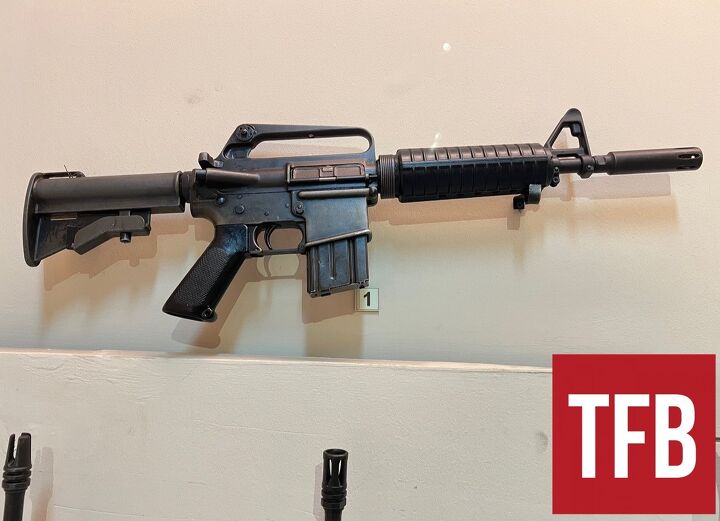








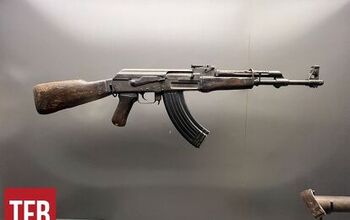
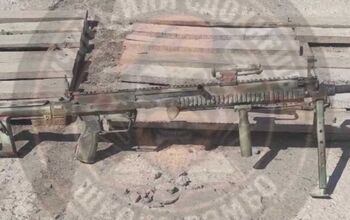
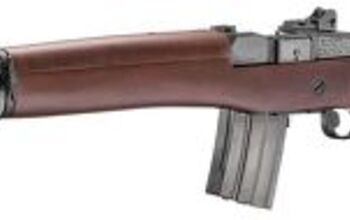
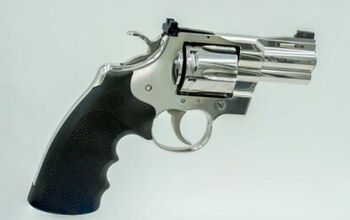

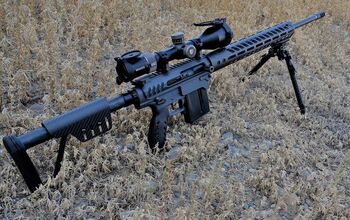

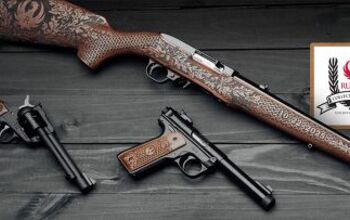
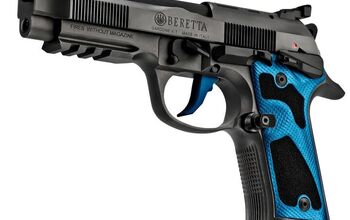
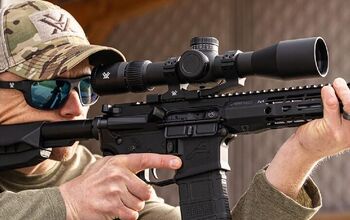

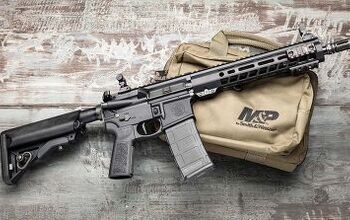
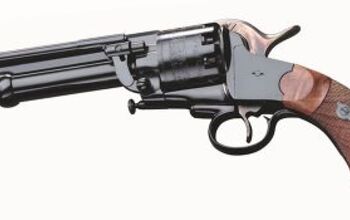
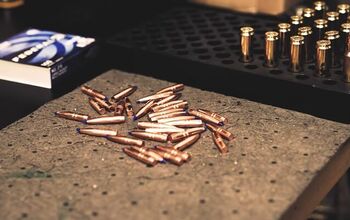
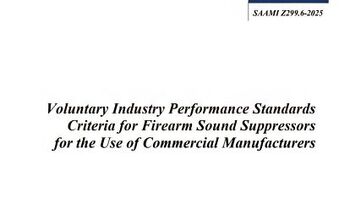

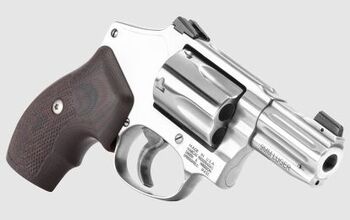

Comments
Join the conversation